 |
|
Thursday, January 19, 2023
|
Women Artists in the MENA: The art scene for women
is thriving despite many obstacles
|
Women
make up 42% of the artists showing at the Menart Fair in Brussels. A
simple fact, not so much a proclamation as a statement. This unexpected
occurrence was not a specific objective but it spurred Joanna Chevalier
and I to take a look at the status of women artists in the Middle East
and North Africa.
|
|
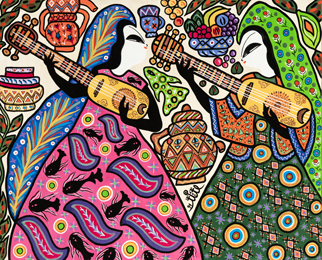
|
|
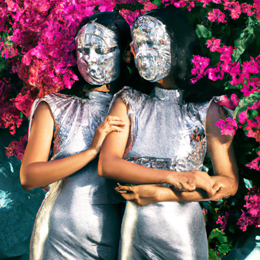
|
|
|
Baya, Untitled, 1991, gouache on paper, 82 x 100 cm
- Gaya Art (Paris / Algiers)
|
|
Eman Ali, Banat Al Fi'9a "The Silver Girls", 2022, Fine Art Archival Pigment print on Hahnemühle Pearl, 20 x 20 cm, Edition of 5 + 2AP
- Hunna Art (Dubai)
|
|
|
Among
the eighty-four artists showing their work at the stands of twenty-four
galleries, over thirty are women. This is an ad hoc observation,
amongst others that came to mind: geographical origin, date of
creation, figurative or abstract… As we take note, we feel that this
offer indicates a perception of demand, one that will help us progress,
issue after issue, as we show off the best and share the realities
behind this art scene.
|
|
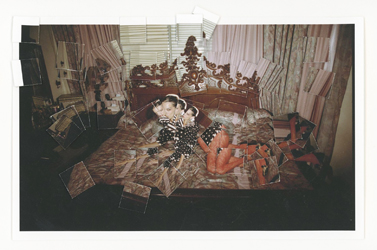
|
|
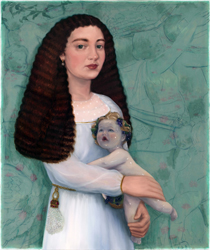
|
|
|
Yasmina Hilal, Resurgence, 2022, Collage work, inkjet on Hahnemüle 308 gm paper, 16 x 24cm, unique work.
- Zalfa Halabi Art Gallery (Beirut)
|
|
Nada Elkalaawy, Figure and Figurine, 2022, oil on canvas, 107 x 127cm
- Galerie La La Lande (Paris)
|
|
|
Of
course, many women artists made a splash on the social and art scenes
from the 1950s to the 1970s. Parallel to similar movements in the West,
modern women artists who were visionaries pushed the boundaries and
changed the rules of the art scene. Courageous pioneers like Etel Adnan
(Lebanon), Simone Fattal (Syria), Mona Hatoum (Palestine), Behjat Sadr
(Iran), Inji Efflatoun (Egypt), Baya Mahieddine (Algeria) and Kamala
(Sudan) revamped the playing field, uniting gestures, words and
situation in a provocative manner. However, the women's art scene
consists of far more than these isolated icons. What is more, times
have changed.
|
|
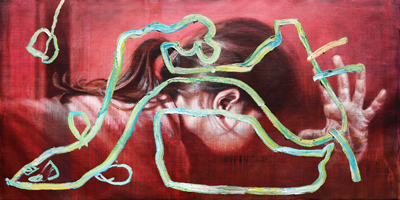
|
|
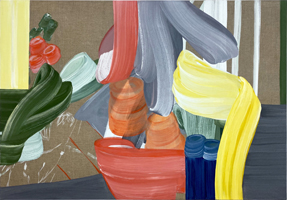
|
|
|
Sara Shamma, Eal, 2017, oil on canvas, 150 x 75 cm
- Mark Hachem (Paris / New York / Beirut)
|
|
Mojé Assefjah, Still-Life, 2021, egg tempera on canvas, 80 x 115 cm - Galerie Tanit (Beirut / Munich)
|
|
|
The
contemporary women's art scene, even richer, more diverse and
wider-ranging, has, in its own way, appropriated these golden years,
building on this rich legacy. All the societies concerned have evolved,
sometimes to the point of regression…
The available media has multiplied (photo, video, digital,
installations, performances, etc.) and social media protects these
artists as much as it shows them off. Despite a still largely
male-dominated, patriarchal and religious universe, all of which pose
challenges to their affirmation, expression and recognition, women
artists continue to create despite all the obstacles they face.
|
|
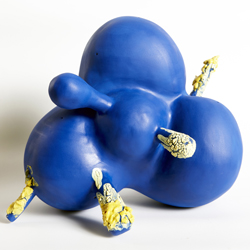
|
|
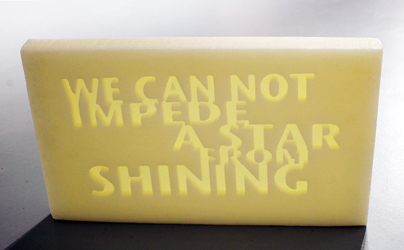
|
|
|
Nadine Roufael, Blue, 2022, Ceramic, base in velvet finish with special effect glaze, 38 x 33 x 35cm - Atelier Nadeen x jihad khairallah architects (Beirut)
|
|
Amina Zoubir, We can not impede a star for shining, 2019, wax sculpture, 49 x 29 x 5 cm - Ayn Gallery (Paris)
|
|
|
The
place of woman artists in North Africa, the Near East, the Gulf, and in
Iran, is neither simple to characterize, nor similar. There are major
variations from one area to another, across both continents, and from
one decade to the next. Longitude and local history, proximity to the
East or West, degrees of political or religious radicalism, or
tolerance, all are major variables to be considered.
|
|
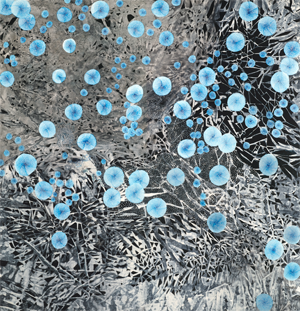
|
|
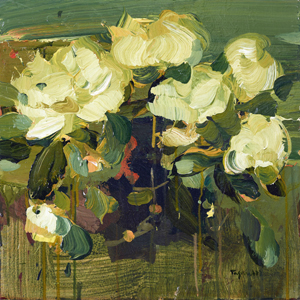
|
|
|
Hala Schoukair, Untitled N°13, 2018, Acrylic on canvas, 148 x 142cm - Galerie Bessières (Chatou)
|
|
Tagreed Darghouth, Flowers to my Father, I series, 2022, acrylic on canvas, 40 x 40cm each
- Saleh Barakat Gallery (Beirut)
|
|
|
While
a male-dominated Islam remains a dominant backdrop, there are several
subtle shades of grey and scenarios that coexist, so a nuanced
perspective is required. To our knowledge, there are no “gendered”
claims, or a specifically feminist art movement, or women describing
their work as distinct from that of a male artist. It is the creation
itself that is of prime interest, not the sex of the creator.
One artist or another may affirm their femininity or even their sexual
feminine preference, but not enough to term it a “movement.”
Conversely, many artists strive to have their origins or their sex take
a back seat to their work, their creation and inspiration, which they
feel is the ultimate expression of who they are above all: artists. You
will see ample proof of this in this year's Menart Fair in Brussels.
|
Laure d’Hauteville, Founder & Fair director
|
|
|
| Practical Information |
|
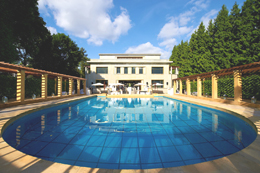 |
MENART FAIR
Middle-East & North African Art
|
Dates: Friday, February 3rd to Sunday 5th, 2023, from 11am to 7pm
Venue: Boghossian Foundation - Villa Empain
Avenue Franklin Roosevelt, 67
1050- Brussels, Belgium. |
Press preview: Thursday, February 2nd, 2023, from 4pm to 6pm
VIP Inauguration: Thursday, February 2nd, 2023, from 6pm to 10pm |
| >> Ticketing <<
|
| PARTNERS, INSTITUTIONS, MEDIA |

|

|
 |
 |
 |
 |
 |

|

|

|
 |
 |
 |
 |
 |
 |
 |
 |
 |

|
 |
 |
 |
 |
 |
 |
 |
|
|
Copyright ©️ 2023 FANNART SAS, All rights reserved - MENART FAIR Newsletter
FANNART SAS : 3 Rue Duban, 75016 Paris, France
Add us to your address book : newsletter@menart-fair.com
Want to change how you receive these emails? You can unsubscribe from this list.
|
|
|
|
